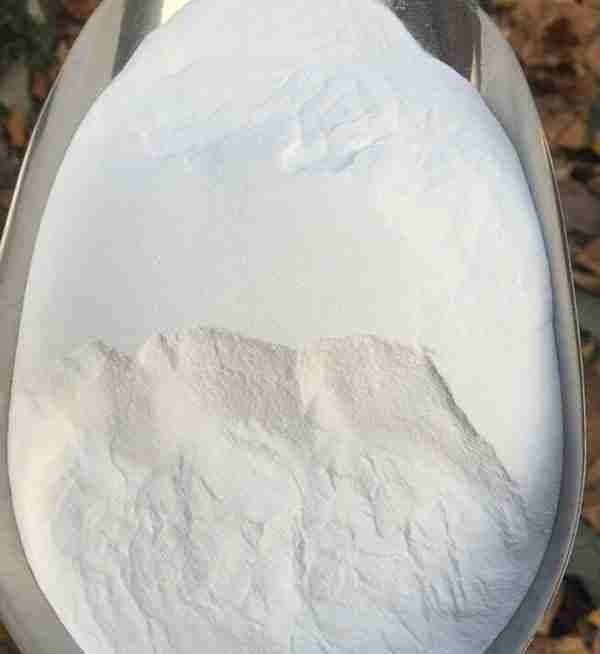astaxanthin Oil cas 472-61-7
Chemical Name: Astaxanthin Oil
CAS No.: 472-61-7
Molecular Fomula: C40H52O4
Molecular weight: 596.83848
Appearance: purplish brown to purplish red powder
Assay: 10% 5% oil ,10%5% powder
发送询盘
Description
Astaxanthin Oil (CAS 472-61-7) Quick Details
Chemical Name:Astaxanthin Oil
CAS No.: 472-61-7
Molecular Fomula: C40H52O4
Molecular weight: 596.83848
Chemical Structure:
Appearance: purplish brown to purplish red powder
Assay: 10% 5% oil ,10%5% powder
Astaxanthin Oil (CAS 472-61-7)Typical Properties
Item
Standard
Appearance
Dark-red viscous oily liquid, no burnt,rancid and other peculiar smell
Astaxanthin by UV
??6.25%
Astaxanthin by HPLC
??5.0%
Loss on drying
??5.0%
Ash
??5.0%
Lead (Pb)
??1.0ppm
Arsenic (As)
??1.0ppm
Cadmium (Cd)
??1.0ppm
Mercury (Hg)
??0.1ppm
Total plate count
??30000cfu/g
Yeast Mold
??50cfu/g
E. Coli
??0.92MPN/g
Salmonella
Negative/25g
Staphylococcus aureus
Negative
Shigella
Negative
Astaxanthin Oil (CAS 472-61-7) Usage
Natural astaxanthin, also known as astaxanthin, is an extremely valuable health raw material. It can be used to develop natural and healthy products for enhancing immunity, anti-oxidation, anti-inflammatory, eye and brain health, regulating blood lipids and other aspects. At present, it is mainly used as the raw material of advanced health food and medicine for human beings; feed additives for aquaculture (mainly salmon, trout and salmon), poultry breeding; cosmetic additives. It can significantly improve the immunity of the human body, because it can not specifically bind to skeletal muscle, can effectively remove free radicals generated by exercise in muscle cells, strengthen aerobic metabolism, so it has a significant anti-fatigue effect. It is the only carotenoid that can pass through the blood-brain barrier. It has a real anti-aging effect. Effective antioxidant is the basis of all cosmetic activities. Because of its super antioxidant effect, it can be used.
Astaxanthin Oil (CAS 472-61-7) Packaging
Packing: 1gram/ bottle 1kg/ bottle
Delivery:delivery within 3-5working days
Astaxanthin Oil (CAS 472-61-7)Storage
Avoiding light and drying.
| 5 |
|
0 |
| 4 |
|
0 |
| 3 |
|
0 |
| 2 |
|
0 |
| 1 |
|
0 |
- 2
- 2-diallylpent-4-en-1-amine
- 4
- 95-16-9
- Ammonium sulfamate
- Benzothiazole
- cas:67889-00-3ح2
- cas:83524-75-8 | pigment black 32
- cas:928836-00-4 | 2
- cas:932745-70-5 | 4
- Chemical Minerals
- Coconut diethanolamide
- Daily Chemicals
- discount
- for sale
- General pvc resin
- hexyl D-glucoside
- in stock
- Lauramidopropyl betaine
- LAURIC ACID MONOETHANOLAMIDE
- Petroleum Additives
- Plasticiser
- Ploymers
- price
- PVC
- quotation
- Raw Materal
- Remove term: Petroleum Additives Petroleum Additive
- SODIUM ETHYL 2-SULFOLAURATE
Related Products
Common English name: 5-iodo-2,3-dihydropyridazin-3-one
CAS No.: 825633-94-1
Molecular formula: C4H3IN2O
Molecular weight: 221.98
Sample: Available
Chemical Name: UV-120
Other Name: (2’,4’-Di-tert-butylphenyl 3,5-di-tert-butyl-4-hydroxybenzoate)
CAS No.: 4221-80-1
Molecular Fomula: C29H42O3
Molecular weight: 438.66
Assay: ≥99%(LC)
Osthole belongs to coumarin compounds. It is prismatic-like crystals (diethyl ether) and needle-like crystals (Ethanol) with the melting point being 83~84 ?? and the boiling point being 145~150 ??. It is soluble in alkaline solution, methanol, ethanol, chloroform, acetone, ethyl acetate, and boiling petroleum ether but insoluble in water and petroleum ether.
Osthole has various kinds of effects of antispasmodic, hypotensive, anti-arrhythmic and enhancing immune function and broad-spectrum antimicrobial effect. Osthole can not only have efficacy such as anti-hypertensive, anti-arrhythmic, anti-inflammatory, anti-tumor and anti-osteoporosis effect, but can also act as a new type of biological pesticides with significant efficacy in treating pests and plant pathogens.
Chemical Name: 1,1,2,2-Tetrachloroethane
Other Name: Tetrachlorethane
CAS No.: 79-34-5
Molecular Formula: C2H2Cl4
Molecular Weight: 167.85
Appearance: Liquid
Chemical Name:?Quassin
CAS No.: 76-78-8
Molecular Formula: C22H28O6
Molecular Weight: 388.45
Appearance: White Solid
Chemical Name: Ashwagandha Extract
Synonyms: Withania somnifera, ext.; Withania Somnefera Extract
CAS: 90147-43-6
Appearance: Brown
Chemical Name: Quercetin-3-O-sophoroside
CAS No.: 18609-17-1
Molecular Formula: C27H30O17
Molecular Weight: 626.52
Chemical Name: Oxyresveratrol
Synonyms: trans-Oxyresveratrol
CAS No.: 29700-22-9
Molecular Fomula: C14H12O4
Molecular weight: 244.24
Appearance: White to light yellow powder
Assay: 98%
Product name:HYDROXYPROPYL GUAR HYDROXYPROPYLTRIMONIUM CHLORIDE
Purity:99%
Appearance:Light Yellow Powder
Package:Customized according to customer needs.
Sample:Available
Chemical Name: Potassium Castorate
CAS No.: 8013-05-6
Molecular Formula: C57H107K3O12
Molecular Weight: 1101.74718
Appearance: Yellow Liquid
Chemical Name:?Ptaquiloside
CAS No.: 87625-62-5
Molecular Formula: C20H30O8
Molecular Weight: 398.45
Appearance: White Powder
Chemical Name: Arabic gum
CAS No.: 9000-01-5
Appearance: powder



















Reviews
There are no reviews yet.